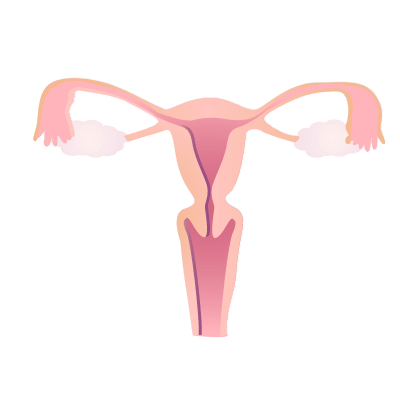I started my period fairly early, at the age of 12. At first it was ‘normal’, but after a few years, the mild cramping that I was used to experiencing morphed into something different entirely – excruciating pain that left me in tears and unable to move.
Every month without fail, I would become bedbound for days at a time, wondering why it was just me that was so badly affected by my period, dreading the conversation I was going to have to have with my school about my rapidly falling attendance. I became depressed and anxious in anticipation of every period. I felt like a failure. It seemed like all the other girls my age were handling it, so why couldn’t I?
Endometriosis is a disease which occurs when the tissue which lines the uterus is found in other parts of the abdomen, often resulting in severe pain and inflammation. It affects around 10% of women and yet it is so poorly understood, especially by those in the healthcare profession. According to the Endometriosis Association’s research registry, 61% of endometriosis patients have been told by a healthcare professional there was nothing wrong with them.
But this goes deeper than a simple misunderstanding. This is about society’s normalisation of menstrual pain: a 2006 study of women with endometriosis showed that one of the reasons for diagnostic delay was that menstrual pain was not seen as a legitimate reason to see a doctor.Many of the women I know with this condition simply thought they were one of the ‘unlucky’ ones who got bad cramps – how were they to know that their periods weren’t ‘normal’? There’s so much stigma around menstruation in our society that many young women do not have a point of comparison.
We need to develop the conversation and engage in discussion about menstruation so that it is no longer a taboo topic. Menstruation is a normal part of life, but debilitating pain is not and it should not be accepted as a ‘part of life’.

